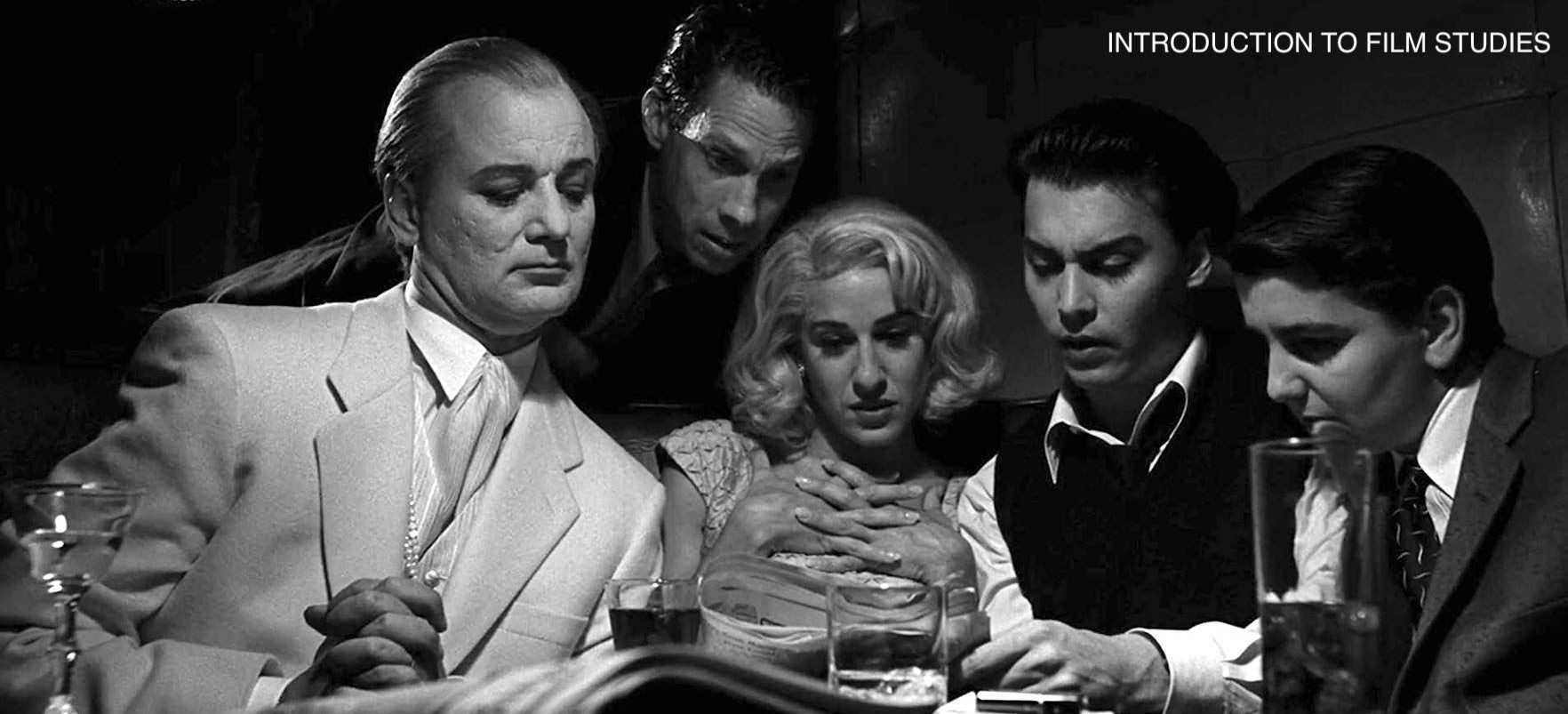You ever watch a movie, and somewhere in the movie plot, you have this rush of feeling like you can cry at any second? If that’s the case, you may be watching a movie within The Melodrama genre. When writing any movie, watching one, or analyzing one, there is usually a constant in any film, and that’s a genre. Those who don’t typically follow genre conventions are either the greats or someone who shouldn’t be writing a script. Genre is “a category of artistic composition, as in music or literature, characterized by similarities in form, style, or subject matter (definition).” “Becoming Jane” and “The Great Gatsby” will be the movies I focus on as I breakdown the melodrama genre.
The Melodrama genre is the closest thing to people’s feelings, issues, and events currently and considered one of the most dramatized events of our “own” lives. Melodramas, such as any other genre, have similar styles in each of them, but it doesn’t make them the same, which means they have almost identical conventions. The majority of the time in a melodrama, the main character would be a female even though it can be a male. Usually, at the beginning of the movies, power structure and the social order are established early to dignify later events where the central character usually dates someone within the power structure. Dating someone within the social structure becomes a problem for both families because the relationship between the central character and their significant other disrupts the social d structure. Movies such as “Becoming Jane,” “Jerry Maguire,” and “The Great Gatsby” all are movies that have the melodrama genre inside even though someone could consider these as genre hybrids.

“Becoming Jane” depicts the early life of famous author Jane Austen and her love for Thomas Lefroy. In the eighteen centuries, when the story takes place is where Jane Austen, to the disliking of her mother, has aspirations of being a writer but needs to find a husband according to her parents. Thomas Lefroy was a lawyer known for his bad reputation as any other person in that profession. Jane couldn’t stand Thomas Lefroy as he disrespected her writings by falling asleep during the reading of her work; she found him stuck up. As she follows her passions for writing, her family tries to her a suitable partner by the name of Mr. Wisley, who was the heir to the wealth. Jane rejects his proposal because she didn’t have any feelings for him, and once again, she encounters Tom, aka Thomas Lefroy. In due time they fall in love. Now, this constituent with being melodrama because of its stays in the conventions of melodrama. The central character is a woman; she falls in love with someone within her power structure. Still, both families, Jane’s family, who is poor and needs the money, want her to get married to Mr.Wisley, who promises money. Thomas Lefroy’s family believes Jane Austen’s family being poor would result in a lousy marriage and reputation. Both families, for selfish reasons, both deny Jane and Thomas their true love. Even though this takes place in the eighteen centuries, this also connected with our personal life as an audience. We all had that one person our family disapproved of due to personal reasons, but we still wanted to be them regardless of their motives.

“The Great Gatsby,” first written in 1925 by F. Scott Fitzgerald as a novel and then later made into a film in 2013, is one of the most famous book turn movies of all time as it features Leonardo DiCaprio as Jay Gatsby. In this movie, we start following the life of Nick Carraway, who moves into a small cottage in New York next to the mansion of the mysterious Gatsby where one in a lifetime parties is hosted. As we get deeper into the bizarre Gatsby’s plot, we find out the luxurious life he lives was all a lie. Gatsby only hosted these parties for the woman he loved, Daisy. Daisy, who did love Gatsby, also had a husband who she loved, which was tom. The difference between the two Gatsby and Tom is that Gatsby was born into nothing and had to work and manipulate his way into a fortune, unlike Tom, who was considered “America’s Wealthiest Bachelor.” Unlike “Becoming Jane,” where a central character is a man, this movie still sticks to melodrama conventions. It’s overly enhancing on feelings, emotions are heightened, and violence is more dramatized. For example, the extravagant parties hosted Mr.Gatsby were thrown in an attempt that one day, the love of his life, Daisy, would come, and he did this weekly to get her attention. When we want someone’s attention that we are attracted to without actually going up to them, we do something public and small, like sending them flowers on Valentine’s day or something in that area. Still, in the movie, he hosted the most lavish parties on earth for one woman’s attention, and when he died, we all felt the hovering sadness.
The melodrama genre plays off our emotions as it is closest to people’s feelings, issues, and events. These movies take place in different past periods but can’t relate to us any more than a film in 2020. The Melodrama genre focuses on the relationship between two lovers who can’t be together because of the power structure or social order. Both Jane in “Becoming Jane” and Gatsby in “The Great Gatsby” were both denied their true love due to the power structure’s lack of power. As humans, we all want to be loved or have been loved somehow, so we can easily relate to these feelings that Jane Austen and Jay Gatsby went through.

Nice! I had fun reading about a fave genre of mine, melodrama. I liked when you said “The melodrama genre plays off our emotions as it is closest to people’s feelings, issues, and events,” because that’s why melodramas are so comfy and easy to watch.
LikeLike